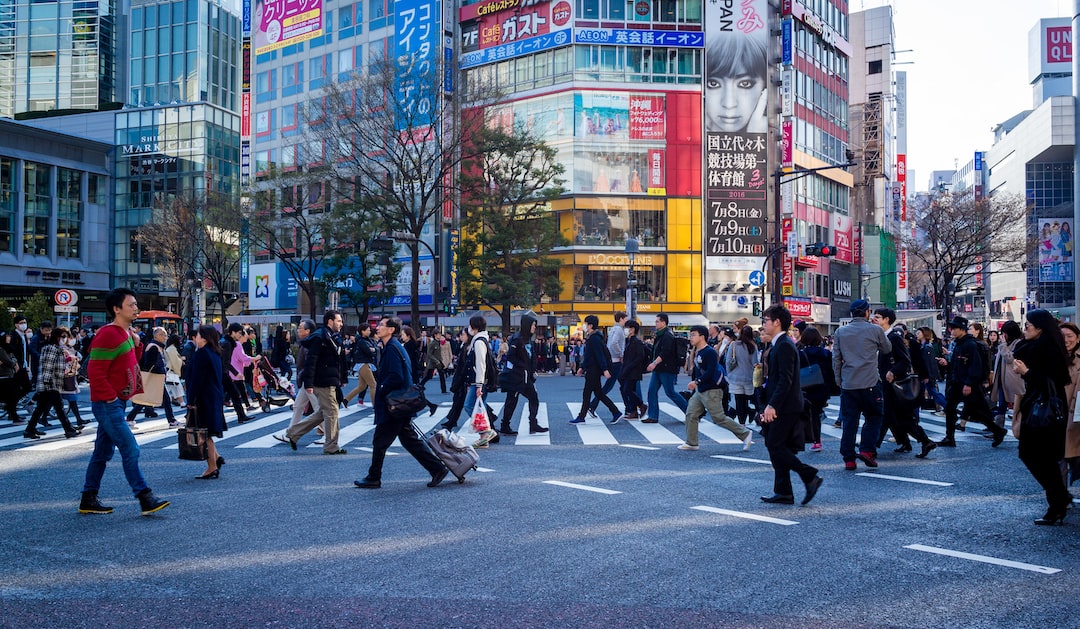Table of Contents
Urban Travel Demand: A Behavioral Analysis
Introduction
Urban travel demand is the movement of people from one location to another within an urban area. This movement is driven by a variety of factors, including personal preferences, economic incentives, and environmental concerns. Understanding the behavior of urban travelers is essential for the development of effective policies to manage urban mobility. By understanding how people make decisions about their travel behavior, policy makers can develop strategies to encourage more sustainable and equitable travel options. This article examines the behavioral aspects of urban travel demand, exploring how individual preferences, economic factors, and environmental considerations shape urban mobility.
Travel Preferences
The type of transportation chosen by an individual for a particular journey is often based on personal preferences. Different modes of transport are associated with different levels of convenience, cost, and comfort, and travelers tend to favor modes that best meet their needs. Personal preferences also extend to the type of vehicle used, with some people preferring environmentally-friendly options such as electric cars or bicycles. Preferences can also influence the route chosen by travelers, with some opting for more scenic routes and others selecting the most direct route.
Economic Factors
Economic considerations are a major influence on urban travel demand. The cost of transportation, including fares, fuel costs, and parking fees, can be a significant factor in determining the mode of transport chosen by a traveler. Lower-cost options such as walking or cycling may be preferred if the cost of other modes of transport is prohibitive. Economic incentives such as tax credits or subsidies can also have a significant impact on travel behavior, encouraging people to use more sustainable forms of transportation.
Environmental Concerns
Environmental concerns are increasingly influencing the travel behavior of urban travelers. With the growing awareness of the environmental impact of transport, many people are opting for more sustainable modes of transport in order to reduce their carbon footprint. Public transport, cycling, and walking are all seen as more environmentally-friendly options, and the availability of such options can have a significant impact on travelers’ decisions.
Time Constraints
Time constraints can be a major factor in determining the mode of travel chosen by an individual. For many people, the amount of time spent on a journey is a key consideration, and the availability of faster modes of transport can be a major factor in their decision making. High-speed rail and air travel are often favored over slower options such as buses or carpooling.
Safety and Security
Safety and security are important considerations for many urban travelers, particularly those using public transport. The perceived safety of different modes of transport can be a major factor in determining the type of transport chosen by an individual. Similarly, a traveler may opt for a private car or taxi if they feel that public transport is unsafe.
Technology
The availability of advanced technology such as smartphones and GPS devices has had a significant influence on urban travel demand. Smartphones and apps enable travelers to access real-time information about transport options, while GPS devices allow travelers to plan routes in advance. This technology has improved the convenience of travel and enabled travelers to make more informed decisions about their journeys.
Social Norms
Social norms can have a major influence on travel behavior. For example, people may opt for a certain mode of transport if it is seen as being socially acceptable or desirable. Similarly, people may choose to avoid certain modes of transport if they are seen as being socially undesirable.
Economic Disparities
Economic disparities can also have an impact on urban travel demand. In areas with high levels of poverty or inequality, access to affordable and reliable transportation can be limited, leading to a preference for walking or cycling. In contrast, in more affluent areas, access to private transport may be more widespread, leading to higher levels of car usage.
Urban Development
Urban development can also have a major influence on travel demand. The availability of infrastructure, such as public transport networks or bike lanes, can have a significant impact on the type of transportation chosen by an individual. Similarly, the design of urban areas can encourage or discourage certain types of travel.
Public Policies
Public policies can have a major influence on urban travel demand. Government incentives or subsidies can encourage people to opt for more sustainable modes of transport, while taxes or congestion charges can discourage the use of cars in city centers. Public policies can also be used to promote walking or cycling, for example by providing dedicated infrastructure or improving safety.
Conclusion
Urban travel demand is a complex phenomenon, driven by a variety of factors. Personal preferences, economic considerations, and environmental concerns all play an important role in determining an individual’s travel behavior. Understanding the behavior of urban travelers is essential for the development of effective policies to manage urban mobility. By understanding how people make decisions about their travel behavior, policy makers can develop strategies to encourage more sustainable and equitable travel options.












